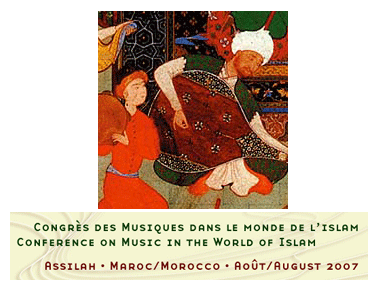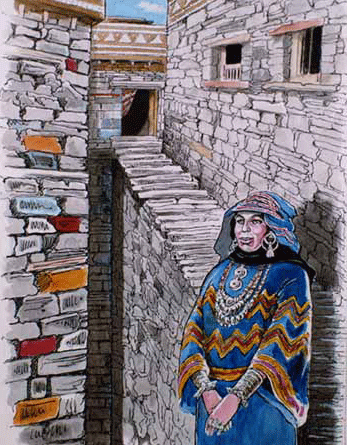
Move over Barack. Lawyer and activist Melody Moezzi is organizing an event to coincide with the Democratic National Convention in Denver and all you will need besides a commitment to peace in the Middle East is a hula hoop. Here is how she describes it.
I am an Iranian-American. I have two homelands: the United States and Iran. I am not half-Iranian. I am not half-American. I am 100% Iranian and 100% American. Thus, peace, particularly between the US and Iran, is not simply a political issue for me: It is deeply personal. Any attack on Iran by the United States would constitute the eruption of an internal civil war within me and so many other Iranian-Americans. It would be a conflict that I am not certain my soul could withstand, and it would be a conflict that would result in the loss of my countrymen on both sides. Indeed, I am not taking up peace as a cause because I am some delusional hippie (far from it) and have nothing better to do (I assure you, I do). I am doing this for unabashedly selfish and painfully practical reasons: I do not want my family, my countrymen, or my generation to die or struggle at the hands of others. I have presented my “home,” which includes all my biases and underlying intentions here, so if this is too much for you, then HHP is likely not your ball of wax, or more specifically, your ring of plastic. Continue reading Hula-Hoop for Peace






